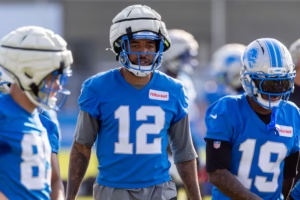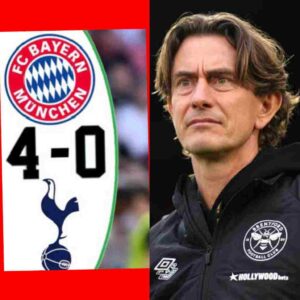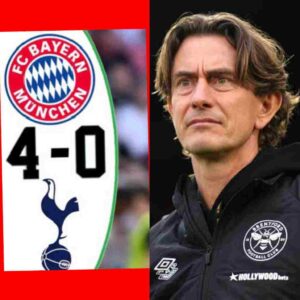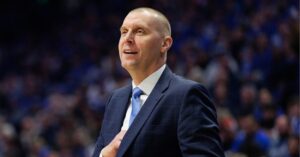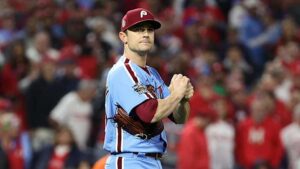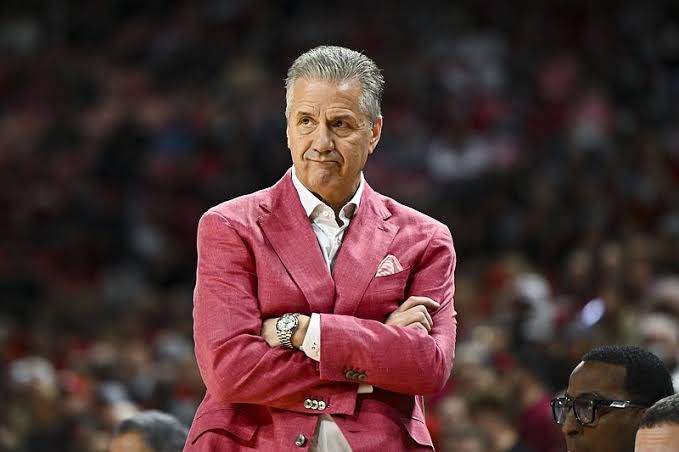
John Calipari’s inaugural campaign at the helm of Arkansas basketball came to a dramatic close Thursday night following a devastating defeat to Texas Tech.
The Razorbacks embarked on a rollercoaster of a season under their new head coach. While the year began with optimism, it was soon derailed by key injuries, a lackluster nonconference performance, and a discouraging 0-5 opening in SEC play. However, the squad found its rhythm mid-season and surged into contention, nearly making a third Elite Eight appearance in five years—until their offensive momentum fizzled in a crucial matchup against the Red Raiders.
Now that Arkansas has exited the NCAA Tournament, here are six takeaways from Calipari’s first season in Fayetteville—assessing the journey so far and peeking ahead at what year two might bring.
Was Year One a Win or a Letdown?
The verdict depends on one’s viewpoint. At Kentucky, where Calipari previously coached, the bar was consistently set at national championship contention. Expectations in Fayetteville may not be as high, but given that Calipari commands one of the sport’s largest salaries and reportedly has access to a significant NIL budget, a Sweet 16 finish may seem underwhelming.
Despite Arkansas being ranked in the preseason top 15, its regular season performance failed to meet those early projections. Still, considering Calipari had limited time to build his roster and faced significant setbacks with early injuries to Johnell Davis and Jonas Aidoo, the team’s eventual success in March reflects positively on his leadership. Those tournament wins elevated the season from disappointing to passable—but this standard should be the baseline going forward, not the peak.
Strong Performance in the Transfer Portal
Arkansas’s season was nearly derailed by injuries to two key newcomers—Davis, who fractured his wrist, and Aidoo, sidelined with a foot problem. At one point, both were being written off.
But March brought redemption. Aidoo posted consistent double-figure scoring and solid rebounding, while Davis lit up the scoreboard during the NCAA Tournament, contributing significantly to Arkansas’s Sweet 16 run.
Calipari, typically known for recruiting elite high school talent, showed he could also effectively use the transfer portal to build a competitive team. Had these players been fully healthy from the start, the season might’ve played out quite differently.
Roster Depth Still an Issue
Throughout the season, Calipari hinted that having a tight nine-man rotation might not be sustainable. His reluctance to stockpile talent—likely to avoid losing players to transfers—left the team vulnerable when injuries hit.
By late February, Arkansas was down to seven healthy players following Adou Thiero’s injury. The coach may need to rethink this minimal roster approach. Having a few additional contributors on hand could help weather the inevitable bumps of a long season.
Knox and Richmond Show Star Potential
Among the brightest developments were the leaps made by freshmen Karter Knox and Billy Richmond III. Both struggled initially, but matured over the course of the year and shined in March.
Richmond led the team in scoring against St. John’s, while Knox dropped 20 points on Texas Tech and played tough defense throughout the tournament. If Calipari can retain both players, they could evolve into premier talents within the SEC. Knox is ready for a leading role, and Richmond’s explosiveness in transition makes him an NBA prospect—especially if he sharpens his perimeter shooting.
Uncertainty Surrounding D.J. Wagner
When Boogie Fland, one of the Razorbacks’ early standouts, was ruled out in January, it seemed like a major blow. But D.J. Wagner stepped up as the full-time point guard, and Arkansas found a new gear.
Wagner delivered consistent performances, especially in high-stakes moments late in the season. Though Fland is expected to head to the NBA, Calipari has a top-ranked point guard, Darius Acuff, arriving next season. Wagner, who still has eligibility and isn’t projected as a top draft pick, may need to decide if he’s staying to compete for minutes. His decision will be one of the offseason’s biggest questions.
Trevon Brazile’s Resurgence and Future Role
Brazile’s late-season rise was one of the most encouraging stories of the year. In March, he displayed athleticism, physicality on the glass, and dependable long-range shooting.
If he can replicate this level of play consistently, Brazile has the tools to be a top-tier SEC player. While retaining Knox and Richmond is vital, Brazile’s return could elevate the Razorbacks to the next level.
